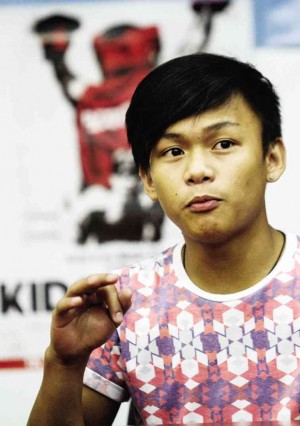Local show biz is so fixated on the “requirement” for stars to possess idealized good looks, preferably of the colonial “tisoy” sort, that a word has even been coined for the preferred attribute: “Artistahin.”
A tisoy child with angelic looks is praised and defined as such; others who aren’t as naturally or genetically blessed are consigned to nonstar prospects, like nameless sidekicks, goons and cannon fodder!
Most viewers prefer talents with stellar good looks, but we don’t agree, because it’s important to us that our TV-film productions reflect the reality of most Filipinos’ lives—and, let’s face it, most of us don’t look like stars!
So, if a great looker pretends to portray a poor character, where’s the believability required for viewers’ implicit suspension of disbelief, and consequent empathy, that makes it easy for them to “feel with” and “emotionally understand” the “ordinary” character that the pluperfect actor is ineptly trying to depict?
That’s why, through the years, we’ve supported the careers of actors who don’t look like clones of Hollywood stars, but are much more “dramatically and relatably kayumanggi: Nora Aunor, Lolita Rodriguez, Dindo Fernando, Leopoldo Salcedo, Joseph Estrada, Oscar Roncal—etc.
Incipient trend
When they played “ordinary” Pinoys, viewers implicitly believed in their portrayals, so their movies were able to make more telling and convincing dramatic points than if they had top-billed stars who looked like homegrown versions of Marilyn Monroe and George Clooney!
The good news this season is that, for the first time in many years, “ordinary”-looking actors have been getting lead roles again on TV and in the movies.
The incipient trend began with ABS-CBN’s decision to entrust the title role in the recently concluded drama series, “Bagito,” not to a local Justin Bieber look-alike, but to the very “local” and “not” very handsome Nash Aguas.
Since Nash looks like many Pinoy teens, young viewers were able to relate to his character’s many troubles and travails, and “Bagito” ended up as an instructive hit!
We hope that new TV shows will take their cue from Nash’s unexpected success, and also cast “relatably” real actors and actresses in lead roles.
This will go a long way in making our teleserye more believable—and also help to counteract another one of our pet peeves: our “colonial mentality” as viewers and “buyers” of entertainment products.
On the movie screen, the big shift in the same direction has been heralded on the Manny Pacquiao biopic, “Kid Kulafu,” and the production’s very wise decision to cast another “ordinary-looking” actor, Buboy Villar in the title role.
Pacquiao himself is no Hollywood Adonis, so it’s absolutely right for him to be played by a short, pug-nosed actor like Villar. Right away, viewers implicitly believe in and empathize with the adolescent and teen Pacquiao’s conflicts and challenges, because it’s Buboy who’s correctly “representing” him.
Imagine if the plum role had gone to a dashing, tall and hunky teen fave? No, this is the right—the perfect—way to go, and we trust that a most valuable lesson has been learned!
